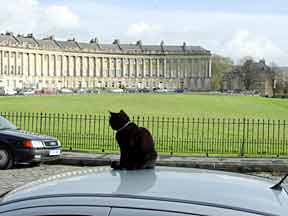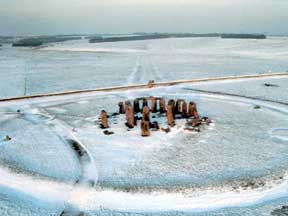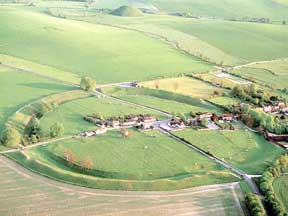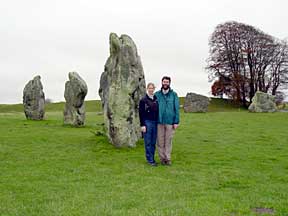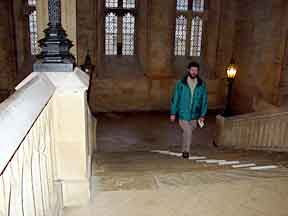| United Kingdom in November 2002 | |||
Newbury, Bath, Stonehenge and Oxford |
|||
|
|
|||
|
Newbury and Bath |
|||
|
When we arrived in Heathrow a driver from Quantel (Dave) picked us up and drove us to the hotel. It was very strange to be driving on the left side of the road. He was very friendly and told us about the area and taught us about the coins and notes (all have the Queen on them.) The UK is still using the pound and there is no thought of changing. The next day the same driver picked us up and took us to Quantel. Gary stayed there to attend a business meeting and I went with the driver to the train station in Newbury to catch a train to Bath. It was about a 2 hour train ride from Newbury and the sun is shinning (first time in 2 weeks). Cute, touristy city that seems out of place in the country side, with its Medieval buildings. |
|||
|
|
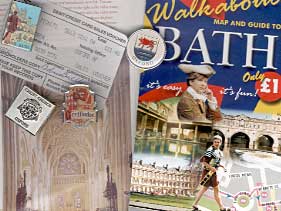 |
||
|
Inspired
by the Colosseum in Rome and the Stone circles of the Druids, the diameter
of the Circus (above) matches that of Stonehenge. Construction began
in 1754 by John Wood. |
The City of Bath lies between the Cotswold Hills to the north and the Mendips to the south and is unique in the UK as the only Hot Springs in the country. A quarter of a million gallons of water gush from the spring every day at a constant temperature of 46.5 C degrees. The water fell as rain on the Mendips approximately 10,000 years ago and perolated deep into the earth before rising in the Avon Valley. |
||
|
|
|
||
|
Stonehenge |
|||
|
The first 'Stonehenge' consisted of a circular bank and ditch with a ring of 56 wooden posts, now known as Aubrey Holes. Later monuments all used, and reused, the great stones we see today, which were brought from some distance away. The final phase comprised an outer circle of huge standing stones - super-hard sarsens, from the Marlborough Downs - topped by lintels making a continuous ring. Inside this stood a horseshoe of still larger stones, five pairs of uprights with a lintel across each pair, known as trilithons. Stones were connected using mortice and tenon and tongue and groove joints, possibly copying previous wood construction techniques. It also represented an enormous investment of labour and time. A huge effort and organisation was needed to carry the stones tens, sometimes hundreds of miles by land and water, and then to shape and raise them. Only a sophisticated society could have organised so large a workforce and possessed the design and construction skills necessary to produce Stonehenge and its surrounding monuments. Stonehenge's orientation on the rising and setting sun has always been one of its most remarkable features. Whether this was simply because the builders came from a sun-worshipping culture, or because - as some scholars have believed - the circle and its banks were part of a huge astronomical calendar, remains a mystery. Info taken from English Heritage website. |
|||
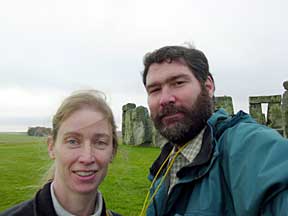 |
 |
||
|
|
|
||
|
Avebury |
|||
|
Driver Dave said that he has 2 of those same large stones on his 10 acre farm, lying flat. He has tried moving them with all 3 of his tractors, but no luck. We all speculated on why he would have those. In the 1930s Alexander Keiller located and re-erected many of the stones. Gigantic and mysterious, the Circles were constructed 4,500 years ago. The Stone Circle and Henge have a circumference of 1,353 metres and encircle part of the village of Avebury. This spectacular Neolithic monument was partly restored along with the adjoining West Kennet Avenue. Info taken from English Heritage website. |
|||
|
|
|
||
|
|
|
||
|
|
|
||
|
Chist Church College - The present Cathedral started life as the church of an Anglo-Saxon nunnery which may have been founded by St. Frideswide in the 8th century. Info taken from Christ Church website. |
|||
|
|
|
||
|
Berlin - Potsdam | Leipzig - Schwarzbach | Salzburg - Hallstatt | Rothenburg - Koln | Bath - Stonehenge - Oxford |
|||
